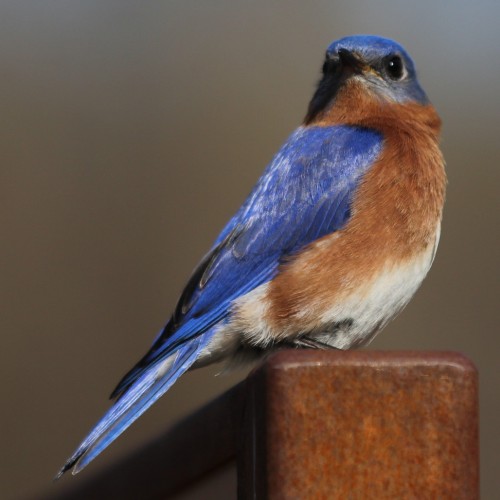So I was a little worried when I read that birds are apparently getting bigger in the central Californian area.
A team led by Rae Goodman from San Francisco State University studied data of bird populations of 40 years at one site and 27 years at another and found that, slowly but surely, bird wing length increased. Body mass didn’t always change, but when it did it went up at about the same rate as wing length.
Don’t panic yet—the rates seem to be fairly small: wing span increases 0.024 – 0.084 percent per year, while body mass seems to increase at most 0.040-0.112 percent per year, which means at that rate, they’ll only grow as much as 11.8 percent in a century. But what is more noteworthy is that it seems to go against an established idea that bird size decreases as temperature increases.
The strange thing is that it doesn’t seem to be happening across the United States. A paper published in 2010 studied passerines populations in Pennsylvania spanning 40 years and found that wing size actually decreased.
According to the paper published online on Oct. 12 in Global Change Biology, there are competing interpretations of how climate change affects what is known as Bergmann’s rule. The 1847 rule states that for animal populations of the same genus, body mass is higher the farther away from the equator. Some researchers have taken that to mean that larger birds can conserve heat better and do better in cooler climates, and so body size of observed populations will decrease as it warms as birds migrate to cooler weather.
Some have interpreted that to mean that larger birds do better in more severe weather because they can fast and stay sheltered longer. If climate varies more often, then birds need to be able to store more food in case of extreme events.
On top of that, other researchers have interpreted it to mean that food availability is the primary cause of Bergmann’s rule. Under this interpretation, it depends on the region of whether body size would increase or decrease due to climate change.
To get to the bottom of it, researchers studied data of bird populations from two sites: 14,735 birds from Palomarin Field Station, and 18,052 from the San Francisco Bay Bird Observatory. Data spanned 40 years for Palomarin site (from 1971-2010) and 27 years for the Bay site (from 1983-2009).
They studied a variety of species of passerines (perching birds that make up 60 percent of all species of birds, and 40 percent of all families), finding that wing size increased over time. Body mass increased in some cases over time, but not significantly for some groups. The researchers suspected body mass varied more than wing size, even after compensating for fat levels and time of day.
According to the researchers, temperatures steadily increased at both of the sites. They reason if changes body size responded only to temperature then they would have expected the results to be the same as those in Pennsylvania. They concluded that it couldn’t just be temperature that determines species size and that it’s likely that the other two explanations play a part, which would be caused by climate change.


Steve, that Big Bird photo cracked me up! Nice find.
Thanks! It turns out that one of the few pictures of Big Bird on wikimedia commons is with Pat Nixon at the White House.